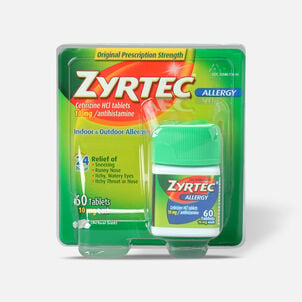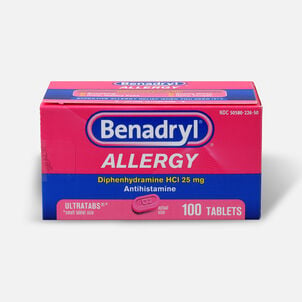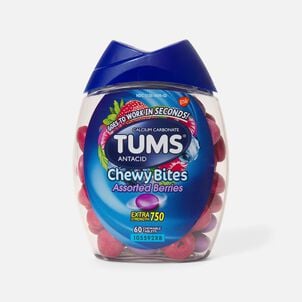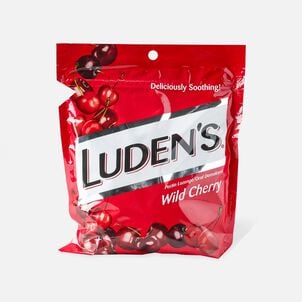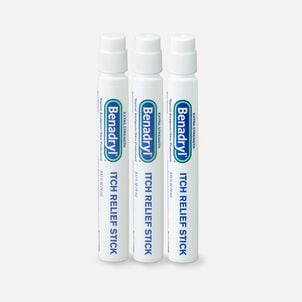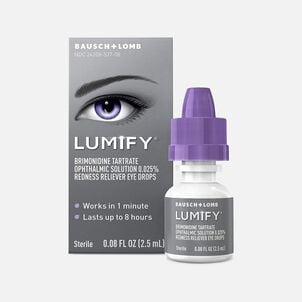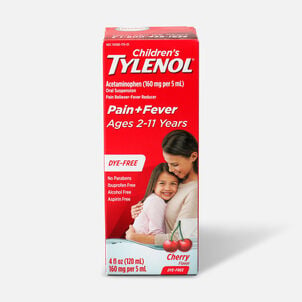Clearing the air with OTC nicotine replacement therapies
I don't think we need to lead off this post by stating that smoking and tobacco use is a public health problem. You already know this. And we haven't been silent in our support of anyone who chooses to quit, for themselves and others. Since Thursday, November 21 is the annual Great American Smokeout, we thought this is a good time to remind readers that quitting smoking is always a good idea, and that an FSA can help make it happen.
Over the last 20 years, U.S. smokers made the following gains:
- According to the FDA, more than 400,000 additional attempts to quit tobacco use per year
- And there was a 152% increase in OTC nicotine replacement therapy use (after making the switch from prescription to OTC remedies)
It all comes down to the public having access to OTC nicotine replacement therapies; that is, the same levels of access as it does to cigarettes, chewing tobacco and other items that introduce (and prolong) the problem.
The average smoker takes 5-7 attempts to quit before succeeding. That sounds like a lot of trying … if you're not a smoker. Some respond quickly to nicotine replacement therapies and rid themselves of the habit. Others find themselves struggling -- even returning to the habit after earlier success.

How can I use my FSA to help quit smoking?
Thankfully, smoking cessation products are eligible for reimbursement with a FSA, or an HSA. Most of these OTC smoking cessation products contain nicotine, which "steps down" over time until the dependence is minimal. The most common FSA- and HSA-eligible cessation products include:
- Patches: These small, adhesive patches slowly release nicotine through the skin and into the wearer's body. They are changed daily and typically worn for 8-12 weeks.
- Gum: These pieces of gum carry a small amount of nicotine that is absorbed into the body through the mouth, and can be taken every 1-2 hours. Treatment typically lasts 12 weeks or more.
- Lozenges: Similar to nicotine gum, but decidedly slower to take effect, these lozenges allow nicotine to be absorbed through the mouth and into the bloodstream. Up to 20 can be taken each day. These lozenges also prove effective after 12 or more weeks of use.
- Inhalers: These small vaporizers emit a nicotine mist via a cartridge in the device that is designed to control sudden cravings and withdrawal symptoms. Typically, a smoker will average about a dozen cartridges per day for 12 weeks, and gradually taper down to zero over the next 12 weeks.
- Nasal Spray: These sprays deliver a small, mildly concentrated dose of nicotine up to three times per hour. This treatment can last anywhere from three to six months.
One last note -- we know it seems like the above OTC therapies seem to take a long time. This is normal, and done by design. Stepping down from tobacco products has proven to be more successful than "cold turkey" attempts, reducing the likelihood of starting up again.
Besides, think of how long you smoked. We can't speak for anyone, but we're confident most would agree that 12 weeks of sprays, compared to countless years of smoking, is a relatively short amount of time.
Some healthy lifestyle products to consider
Don't go it alone...
Your chances of kicking the habit grow considerably when you join a smoking cessation support group. These gatherings of like-minded individuals is great for sharing the highs and lows of this experience, making the chore of establishing goals and improve accountability for quitting a team effort.
These groups are typically free and open to the public, but if they're not, don't worry, it's FSA- and HSA-eligible as long as you have a Letter of Medical Necessity (LMN) from a physician.
Quitting smoking isn't easy. But it can be made easier through available OTC nicotine replacement therapies. If you're a smoker and still deciding the best course of action for breaking the habit, talk to your doctor and see what products are best to help you snuff tobacco for good.
 |
| 

